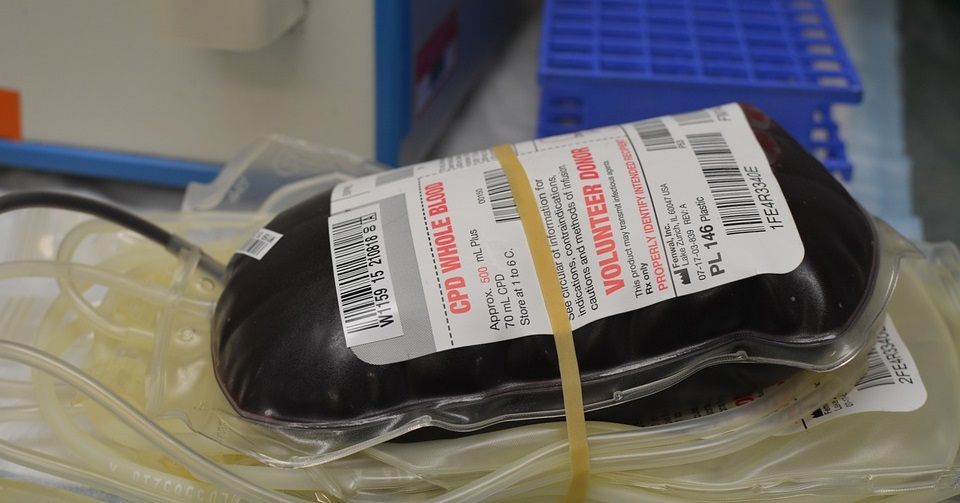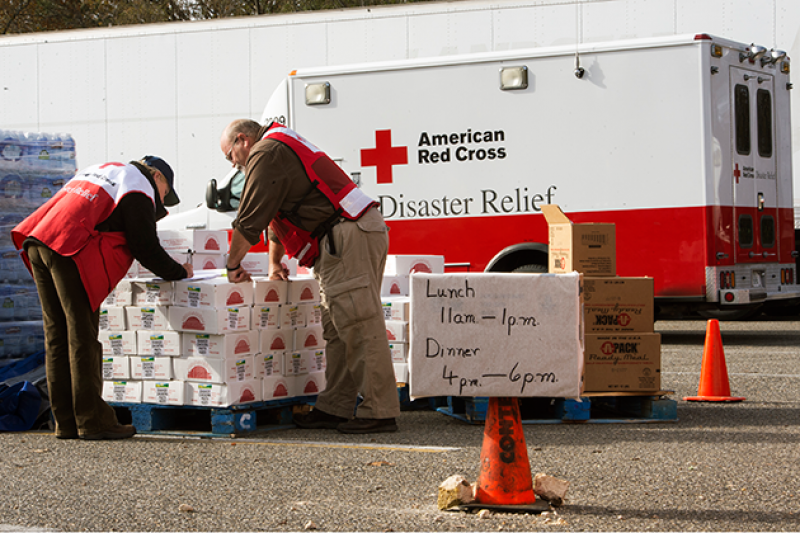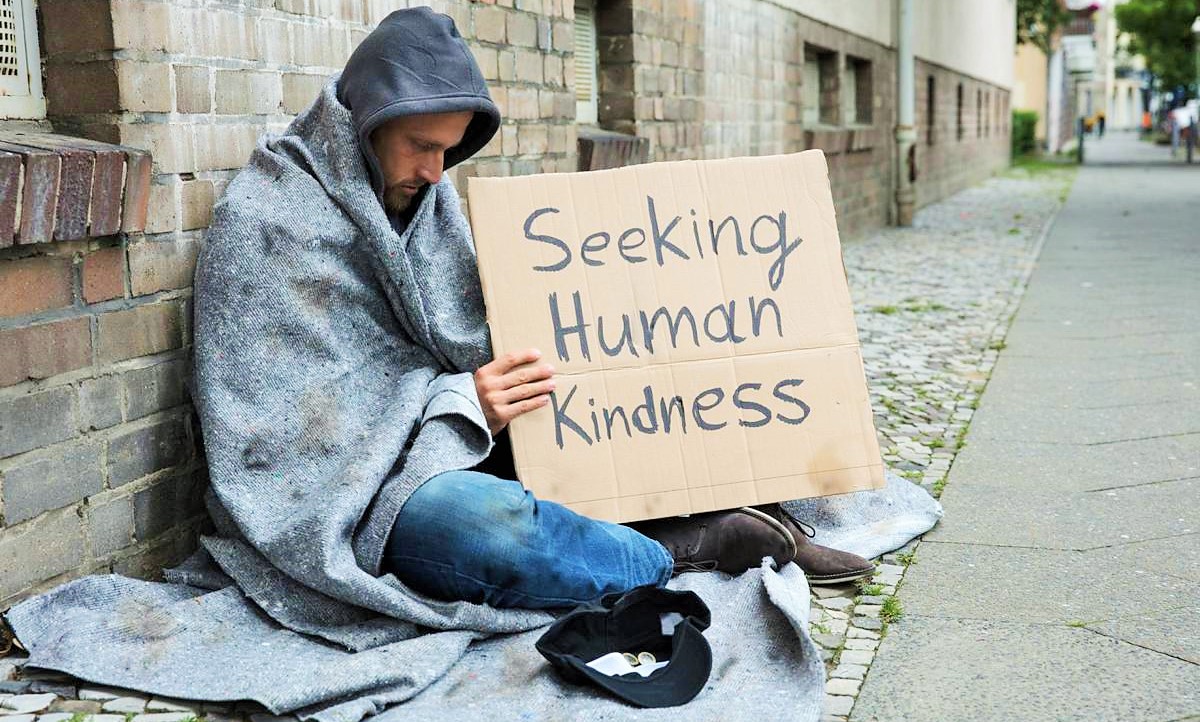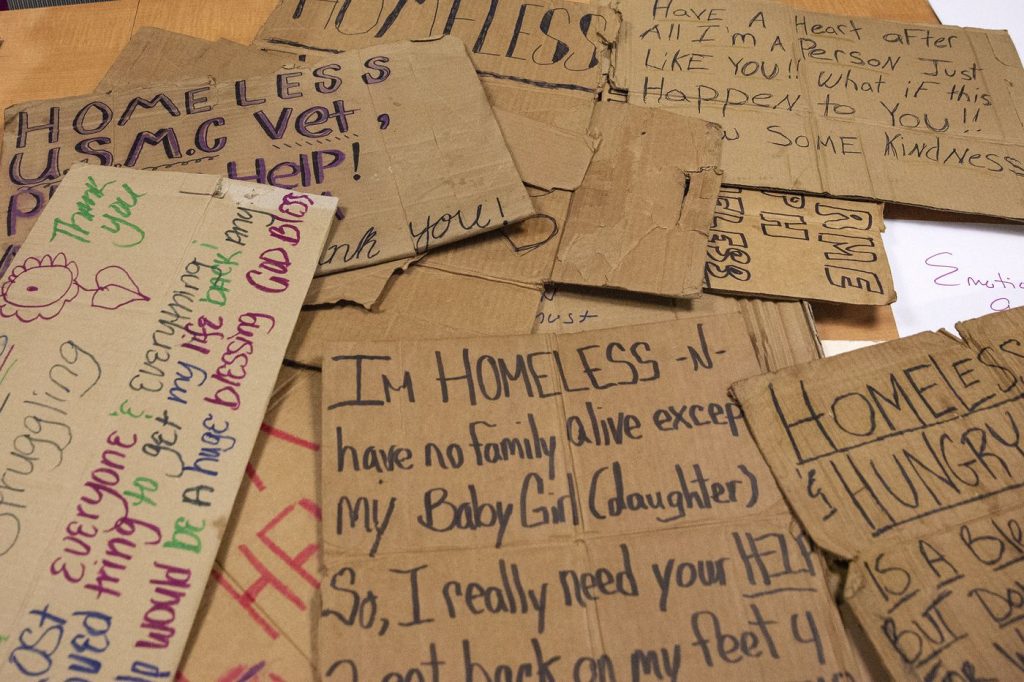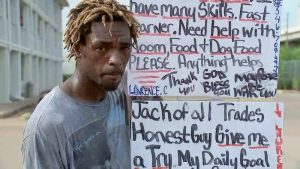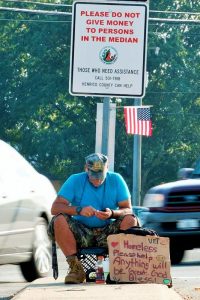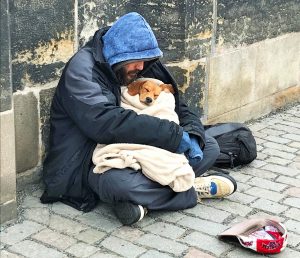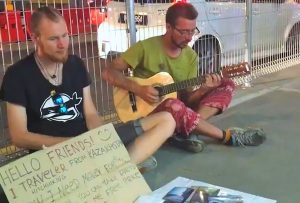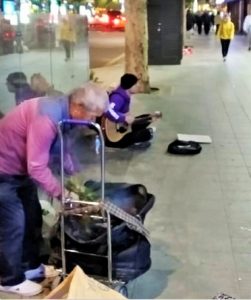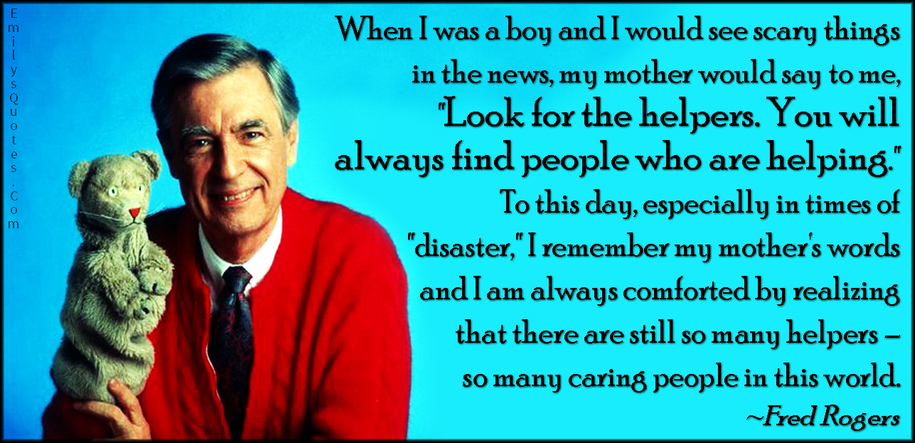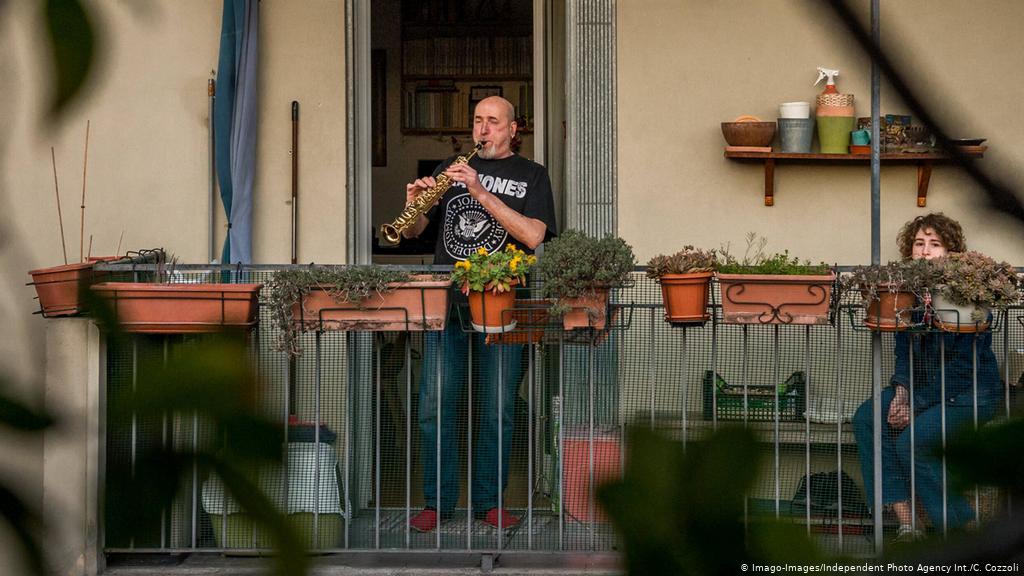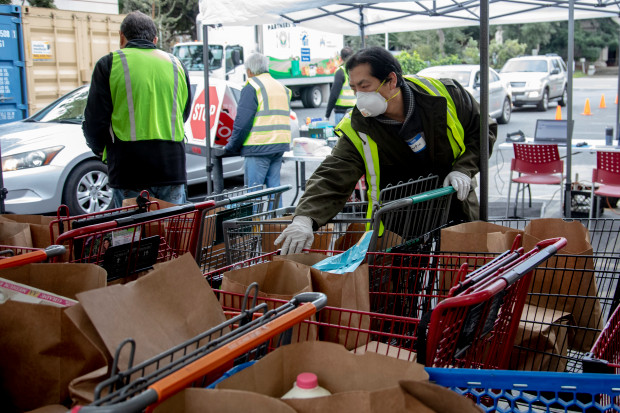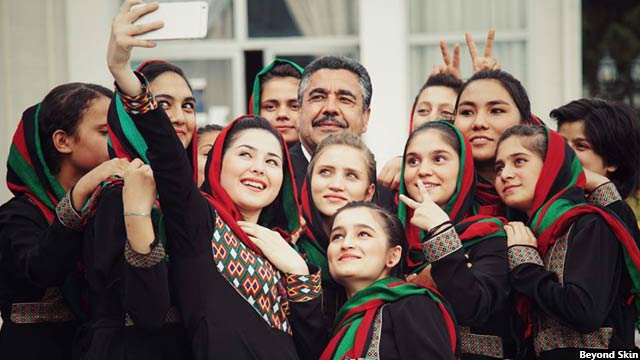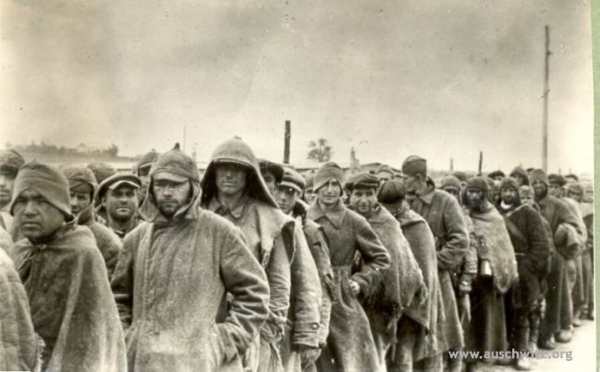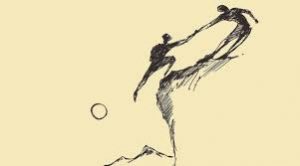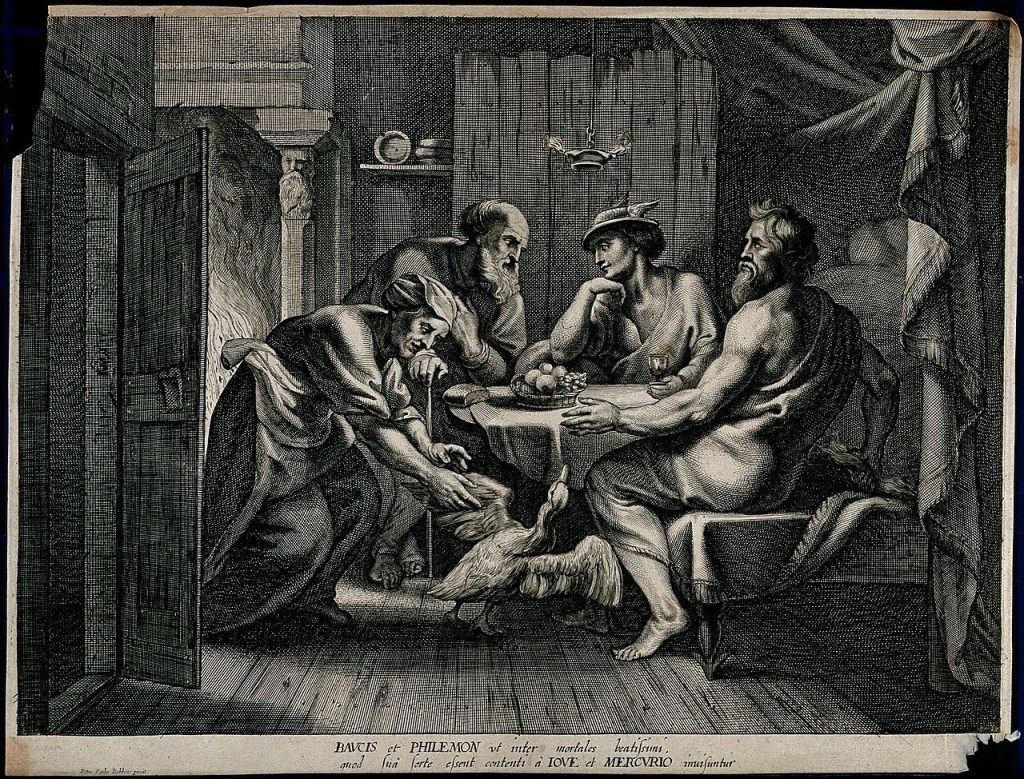Overall, Americans are giving people. According to one study, in 2009-2018, the United States was #1 among the world’s most charitable countries (#2 was Myanmar). But this is another area where one-size doesn’t fit all. Giving people vary on all sorts of dimension, especially reasons for giving and patterns of giving.
Giving Reasons
According to 16 Personalities, “Some research suggests that people may be hardwired toward generosity, and life and other influences teach them selfishness. But generosity, like most human behaviors, is likely influenced by personality types and traits.”
Giving Just Because It Feels Good
Society in general (as well as various religions) encourage giving. Most people have probably inculcated at least some of that into their personalities, and feel good about themselves accordingly. Some research (see above) suggests that just thinking about being generous can lift a person’s mood, regardless of whether one is thinking big or small.
Giving Because It’s the Right Thing to Do
Some people give because they feel it is the right thing to do, either practically or because of tradition.
Paying Back
This is someone who has been the recipient of others’ giving and wants to reciprocate. For example, getting help when down and out might well lead someone to give labor and/or money to that organization in the future.
Guilty Giving
This would be a person who feels so blessed/fortunate/lucky that NOT giving feels too selfish to tolerate. Sentinels are practical people who are unlikely to overthink an issue like generosity. They give because they feel it is the right thing to do, either practically or because of tradition. Their reasons are usually uncomplicated.

Jingo
Making the World a Better Place
Here we tend to think of BIG money givers, like the Bill and Melinda Gates Foundation. But this reason for giving comes in all sizes and shapes. To paraphrase: give a person a fish, you give food for a day; teach a person to fish, you give food for a lifetime.
Patterns Of Giving
Membership Giving (Whether One Takes Advantage of Member Benefits or Not)
- Botanical garden
- Fine arts museum
- Historical society
- Symphony orchestra or other musical groups
- Public broadcasting
Regimented Giving
- Tithing to a religious organization
- Yearly gifts, particularly at holidays or birthdays
- Monthly commitments
- (For example, to Shriner’s, St. Jude’s, animal rescue, etc.)
Periodic but Repeated Giving
- Favored causes (Save the Bay, Native American education, food drive/pantry)
- Campaign donations at election time
- Gifts to one’s college/university/library/etc.
Impulsive/Unplanned Giving
- Street performers
- Christmas bell-ringers
- Panhandlers—or not
- “Rounding up” on a purchase
Geographic Giving
- Local giving only
- Giving within one’s own country
- Giving for international causes/disasters
Giving by Cause
- Animal rescue
- Environmental issues
- Political parties/candidates
- Hunger eradication
- Medical research
- Recycling
Strategic Giving
- Tax-deductible giving
- Estate planning
- Donations as part of a company’s PR campaign
- Participation in online fundraising trends
Socially Elicited Giving
- Friends’ birthday fund raisers
- Supporting one’s friends/family charities
- Team participation in fundraising events
- Giving to someone who’s given to you, a charity that has benefited you
- (Such as a cancer survivor donating to a cancer support fund)
Non-Monetary Giving
- Volunteering labor
- Cleaning up lakes/oceans/rivers/bays
- Big Brother/Big Sister
- Poll worker -soup kitchen
- Building Habitat houses
- Working in a COVID vaccine clinic
- Community theater usher
- Cleaning up after environmental disasters
- Gifts of needed items
- School supplies
- Clothing
- Furniture
- Food drives
- Blood drives
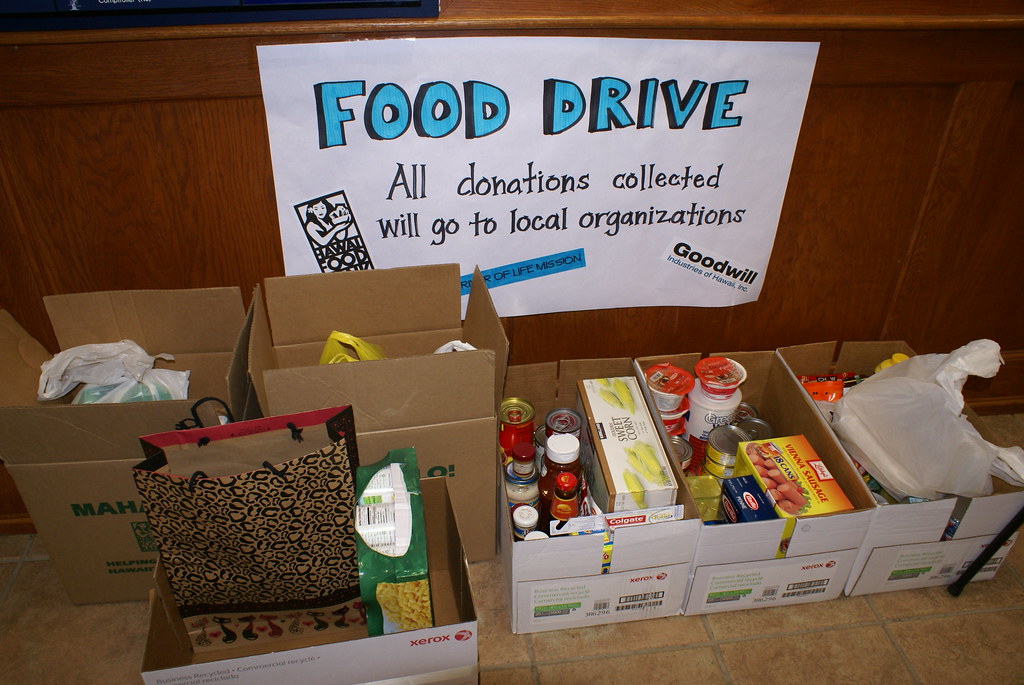
Overall
Reasons and patterns of giving are not mutually exclusive, nor are they immutable over time.
Also, we tend to think of giving as coming from the heart, but sometimes the act is highly cerebral.
“Thus, to give money away is quite a simple task, but for the act to be virtuous, the donor must give to the right person, for the right purpose, in the right amount, in the right manner, and at the right time.”
Aristotle
Bottom line: Consider — what’s your (character’s) style of giving? Is this too little? Too much? Or just right? How does your (character’s) personality type influence all of this?

